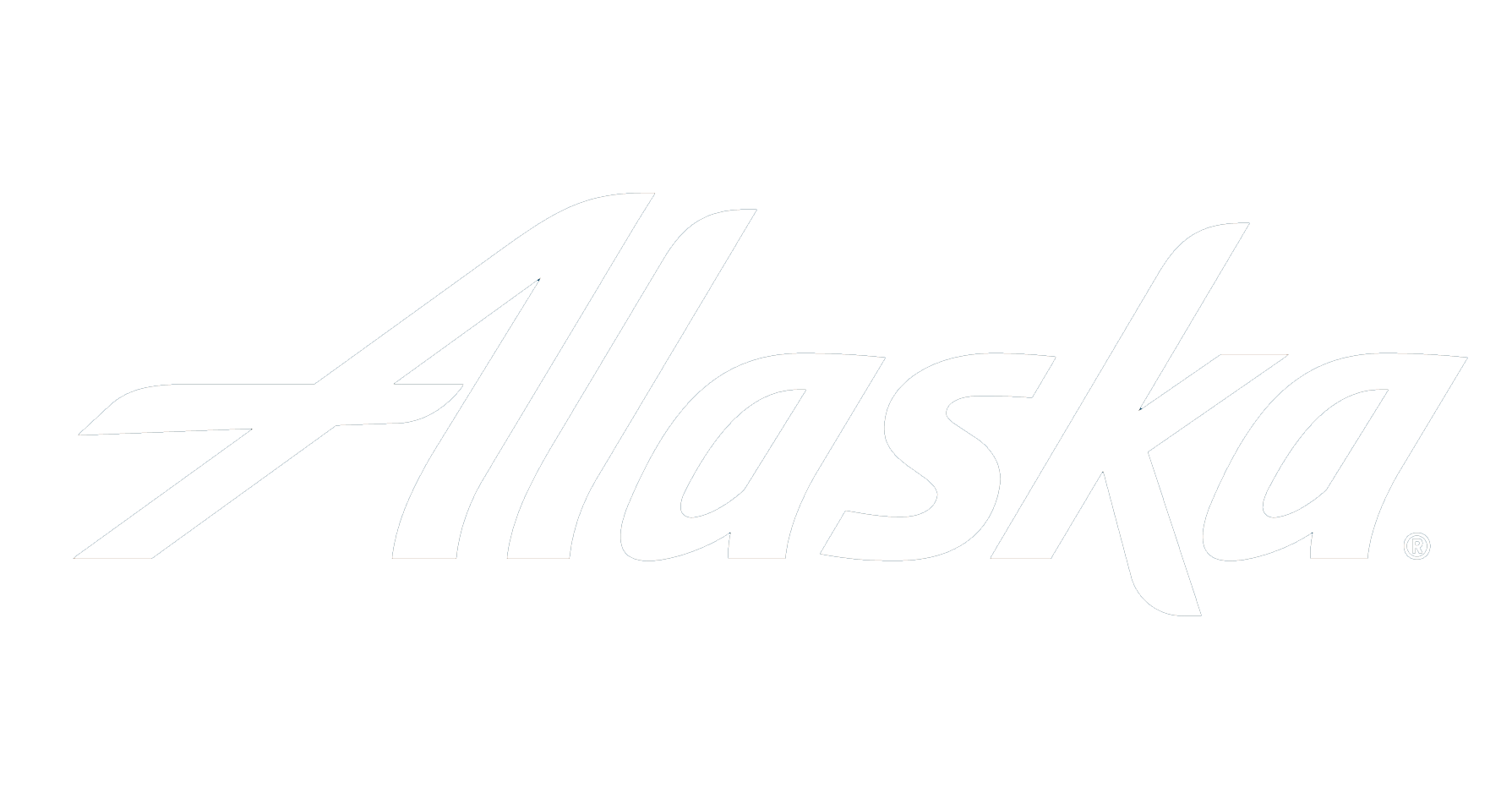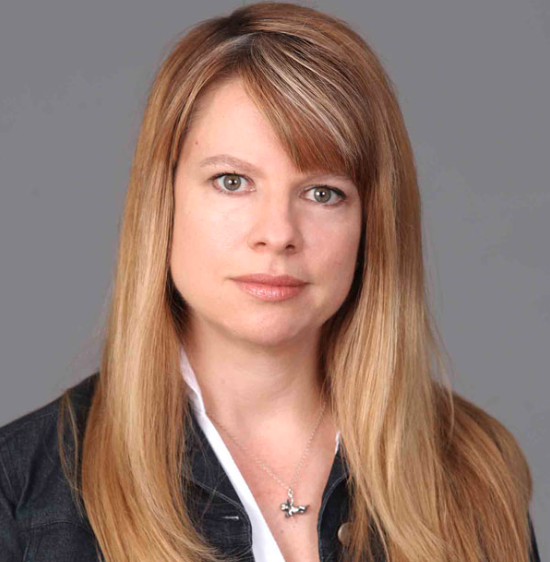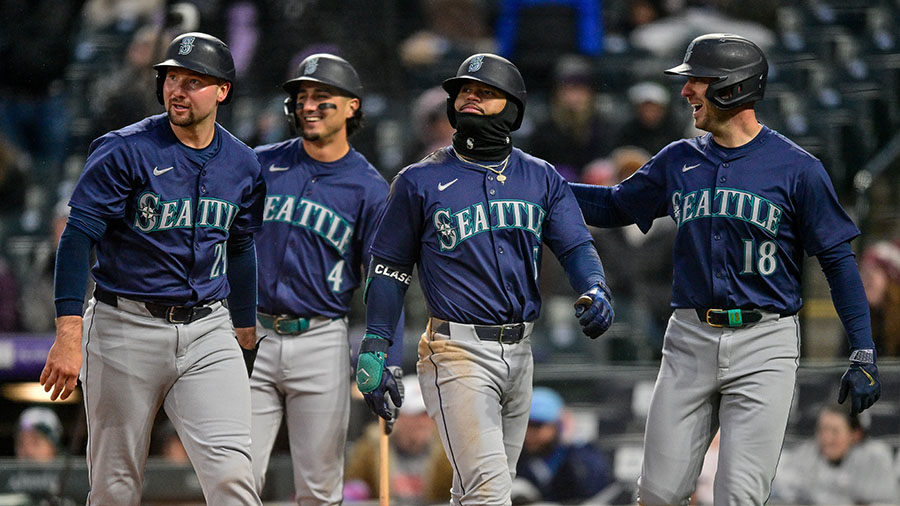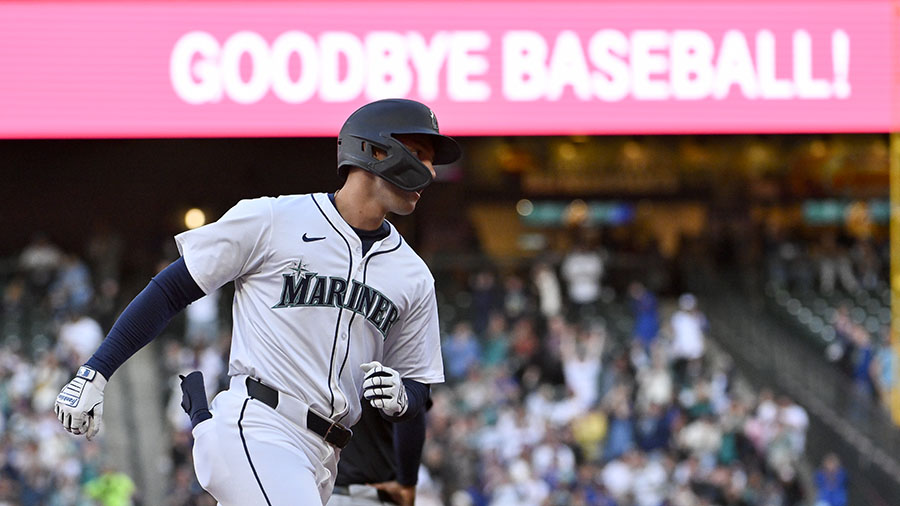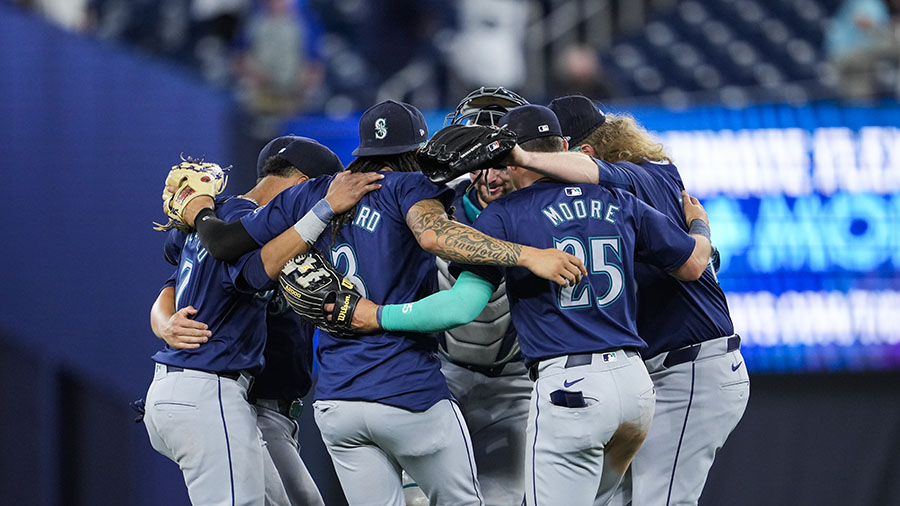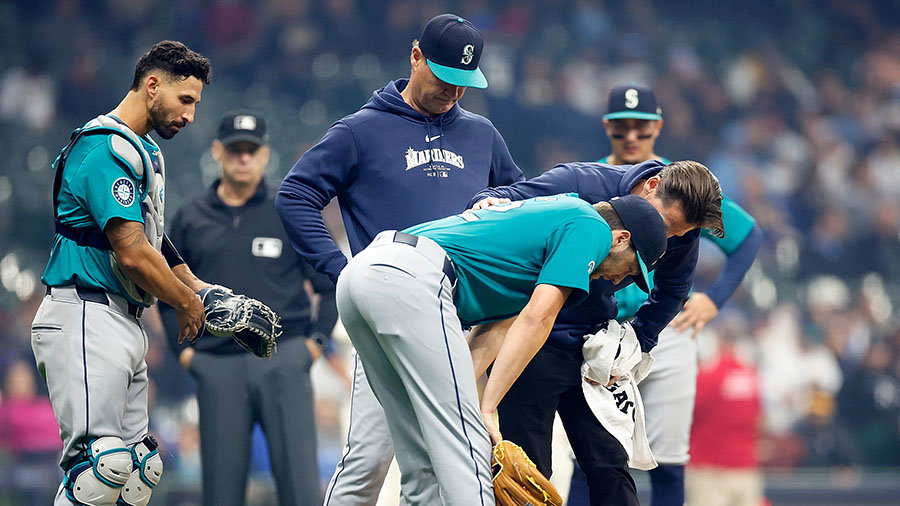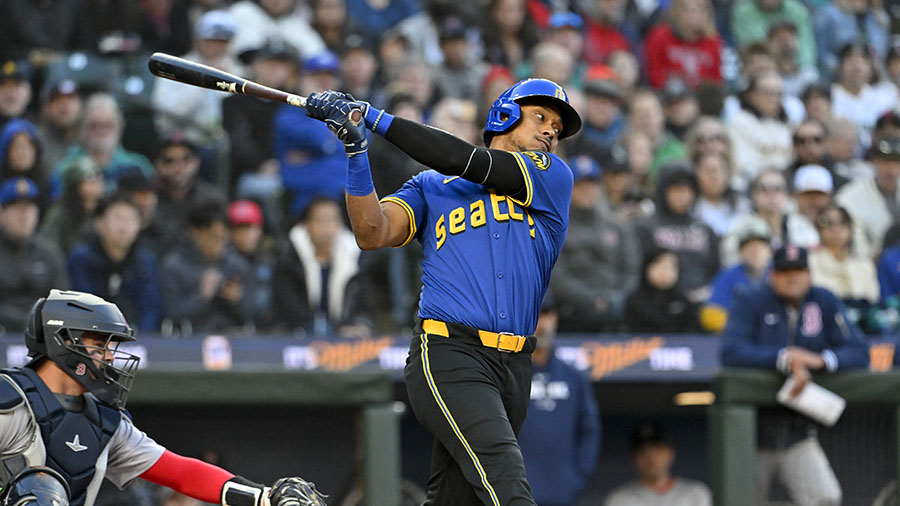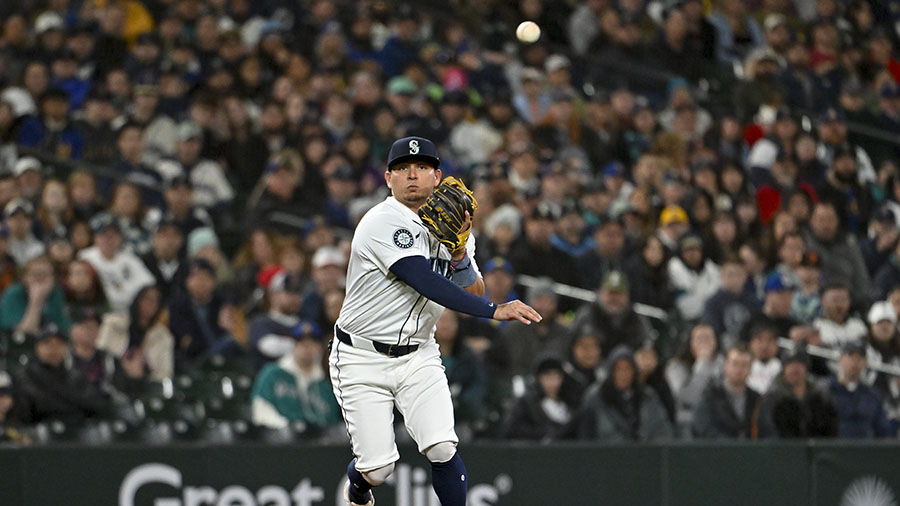Drayer: With offseason program, Mariners show investment in farm system goes beyond acquisitions
Dec 12, 2018, 10:37 PM | Updated: Dec 13, 2018, 12:36 pm
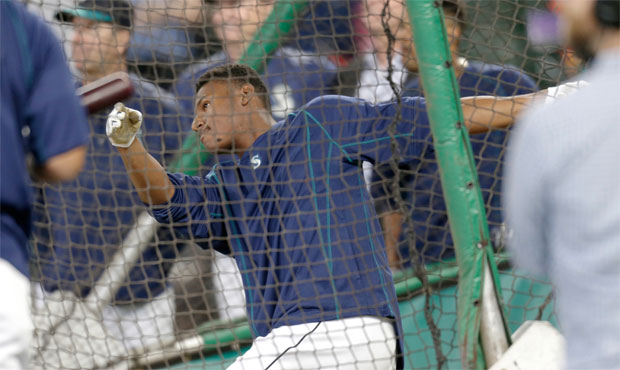
Mariners draft picks under Jerry Dipoto, like Kyle Lewis, could be up in Triple-A in 2019. (AP)
(AP)
The Mariners have made a significant investment in their recently-acquired young players – not only with the proven big leaguers the Mariners traded to get them, but also in the acknowledged step back the major league team is taking in the next two years.
Drayer: Servais ready for challenge of leading M’s through rebuild
Most of Seattle’s new additions will spend time further developing in the minor leagues, and what they will find when they arrive there are programs that are firmly in place after being developed over the last three years. New Mariners hitting coach Tim Laker, who came from the Diamondbacks, was struck by the work he saw being put in by players and coaches in late October when he made a visit to the Mariners’ training complex in Peoria, Ariz.
“They were using a lot of different things like Rapsodo, Blast Motion, trying to use more of the data to kind of lend in the coaching. I don’t see a lot of teams going that way,” Laker said. “I noticed that it seemed like all of the minor league coaches were teaching the same thing, which is not always the case in my experience coaching. It seemed like these guys were all on the same page, talking a little bit more about driving the ball. That really interested me.”
What Laker walked into was the Mariners’ Swing Camp, one of the many offseason programs for minor leaguers whose seasons end in early September. Gone are the days that a minor leaguer’s offseason work would be confined to instructional league, Arizona Fall League or international play; now it continues throughout the offseason. The Mariners have chosen to keep the majority of work in-house with carefully tailored programs that give the players more than the additional at-bats or innings acquired in offseason league ball.
One of those programs, the Leadership Summit – tipped off by a stream of posts on social media by notable Mariners minor leaguers from airports, airplanes, the streets of downtown Seattle and eventually the Mariners’ clubhouse – took place in Seattle last week.
Great experience with the guys 🙏🏽thank God for everything ✨ #JRODshow #mariners #mifamilia pic.twitter.com/j9Pmupm2v6
— Julio Rodriguez (@J_RODrodiguez44) December 7, 2018
For some, it's their very first trip to Seattle—but they're all looking forward to an even more special trip here down the road.
A number of our top prospects, from all levels, are at the ballpark this week for a Leadership Summit. #TrueToTheBlue pic.twitter.com/GI6lM3gsQ3
— Seattle Mariners (@Mariners) December 7, 2018
More lil’ prospect friends in town for a leadership summit, including catcher Jake Anchia, one of my sleeper fave picks in 2018 (he broke JD Martinez’s home run record at Nova Southeastern, and won the NCAA DII Gold Glove!) pic.twitter.com/Kt1gTX42cu
— Lookout Landing (@LookoutLanding) December 5, 2018
Twenty players who will be scattered equally throughout the Mariners system and represented at every affiliate in 2019 were brought in for a full week of work that included 6 a.m. workouts, leadership presentations and team meals. That included a program on Day 1 with former basketball coach Kevin Eastman, whose résumé includes assistant jobs in the NBA and a five-year stint as Washington State Cougars head coach and who has since become an in-demand lecturer on leadership.
Mariners director of player development Andy McKay believes that the leadership aspect in teams and team-building is too important to just sit around and wait for leaders to emerge.
“Leadership at the major league-level is an X-factor,” McKay said. “Leadership can be developed. If we allow these prospects to develop their baseball skills and get to our major league clubhouse and they haven’t been exposed to the idea of leading and given some foundational tools as to how to do it, then shame on us and we should never complain about a lack of leadership if we are not doing our part to try and prepare people to lead.”
Vocal leaders can sometimes be hard to find in a clubhouse, and in McKay’s view, the lead-by-example guy or quiet leader is not enough to help a team through a season, nor can one player do it on his own.
Scott Servais on Mitch Haniger: ‘He’ll be in a Mariner uniform for a while’
“You know the issues that are going to come because they come every single year,” he pointed out. “You know that you have got language barriers to deal with, every team deals with it. You’ve got cultural barriers to deal with. In every clubhouse you have got the aging veteran who is desperately trying to hold on and then you have got the rookie in his second day in the big leagues. You’ve got people that are upset about a contract, you’ve got people who are upset about playing time, you have people who aren’t playing well for the first time in their careers. You’ve got people who are going through off-field habits, you have people who are complacent. All of these things are predictable. If we know they are coming, let’s prepare for them. Let’s talk about how we are going to handle so many of these predictable things when they occur.”
The program stressed the importance of building relationships, setting the example for those around them and initiating “courageous conversations.”
“When you don’t want to have the conversation, when your heart is pounding, you have to do it,” said McKay. “Not in emotional ways but in evidence-based information of, ‘This is what’s happening, this is the truth, we have to do better than this.’ Teammates have to be able to that with each other, teammates that aren’t making as much money as the next guy, and tearing down the barriers of (service time). Leadership is hard. Leading in a major league clubhouse is really hard, but the consequence of not trying is dysfunction and losing, plain and simple.”
Other offseason programs for the minor leaguers this winter have included:
• Swing Camp: The Mariners identified a group of hitters they believed could make specific changes to their swing in most part to elevate the ball and get it in the air.
• Gas Camp: Hand-selected pitchers who already have secondary pitches and command in place and needed to add velocity.
• Traditional instructional league program in the Dominican Republic and High Performance Camp in Peoria. “One (instructional camp) is baseball skill-based, the other one is more body, mind, soul, spirit-based. Some people did a little of both,” McKay explained. The five-week High Performance Camp was based on health, strength, athleticism, mental skills and community service with the players working out and doing classroom work at the facility Monday through Friday while participating in community service events on the weekends.
• Game Calling University: A 12-week program for the catchers in the organization that was created by catching coordinator Tony Arnerich and Mariners Hall of Fame member Dan Wilson. Every Monday the catchers participate in a web conference where Arnerich and Wilson take them through different pitch-calling scenarios. They are given the opportunity to use information and analytics to call a pitches in real time.
In addition to the players getting offseason work, McKay said that most of the coaches and player development staff continued their learning by attending conferences, coaching classes and skill acquisition clinics.
The offseason work by both players and staff will help establish what will be enforced in-season, as well as the environment that the newest young Mariners who will not have participated in these camps will walk into. It is an exciting time for player development in the Mariners organization and a time the player development staff is ready for.
“I love the kids we had before,” McKay said. “It was hard to trade them away, you feel you invested in them. Now you are getting new players. On paper they look really exciting. Industry-wise they are coming in with quite a reputation. And since I have been here, we have a chance to have some drafted and developed Mariners (with Triple-A Tacoma in 2019). Our drafts the last three years are starting to populate the system.
“Your cultural values you are trying to create are starting to kind of overflow at every level. As our trades of minor league players are going to slow down or even come to a complete halt, you are really able to start building this, and that’s exciting because the infrastructure is in place.”
Also in this series: Farm understocked no more | Road of re-imagination

